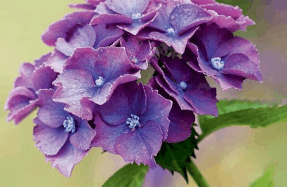Hidden Gold

Up until the mid-19th century, all the daffodils growing in Britain would have been the wild species, Narcissus pseudonarcissus, immortalised by William Wordsworth. It was only in the mid-1800s, when botanists began to understand how hybridisation worked, that new forms of daffodils were created.
Daffodils weren’t popular garden plants at the time; the Victorians thought of them as wild flowers, and their dainty blooms couldn’t compete with more exotic plants being introduced from abroad. There were, however, a couple of daffodil lovers who were also enthusiastic plant breeders.

Edward Leeds and William Backhouse began their hybridising in the mid-19th century, building up important collections, while the Reverend species of daffodils. Peter Barr, a Scot who owned a nursery in London, was an early pioneer in cultivar conservation, raising the funds to purchase the bulb collections of Leeds and Backhouse when they died. Barr did much to popularise the daffodil as a garden bulb. He made perilous trips to remote parts of Spain and Portugal in search of wild daffodils and produced many new hybrids. Breeders in Cornwall were also spurred on by the booming cut flower trade, where new daffodils with large trumpets proved popular.
You’re reading a preview, subscribe to read more.
Start your free 30 days



